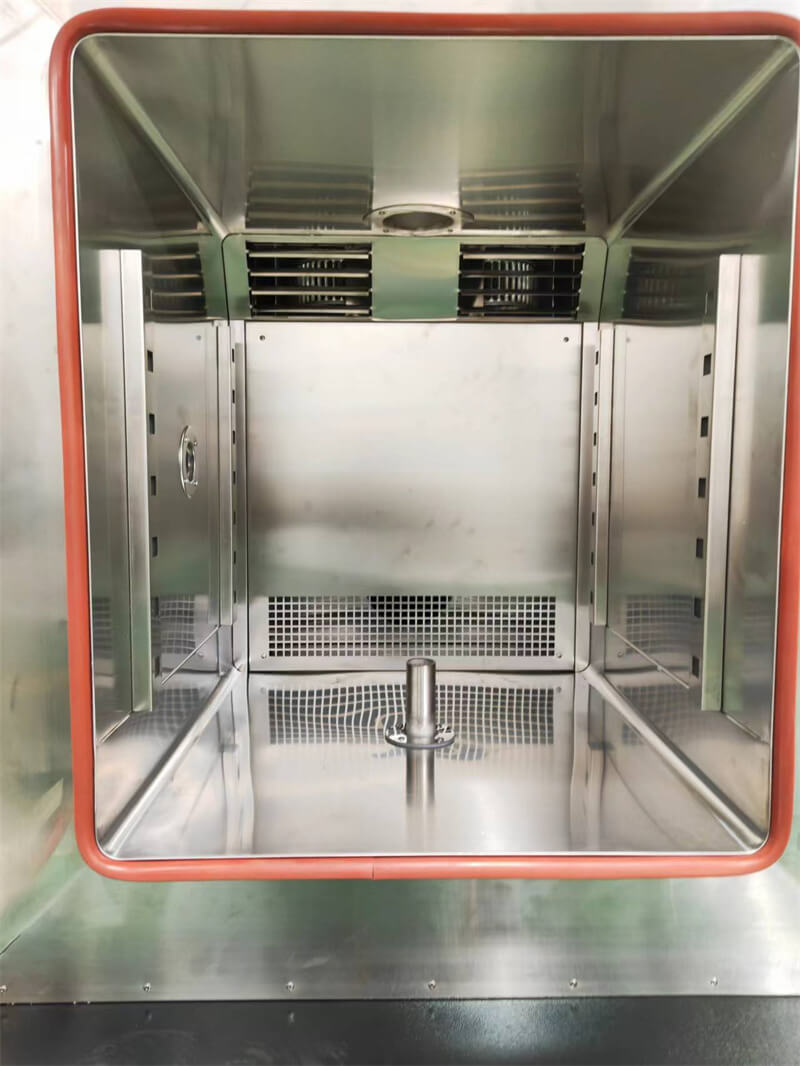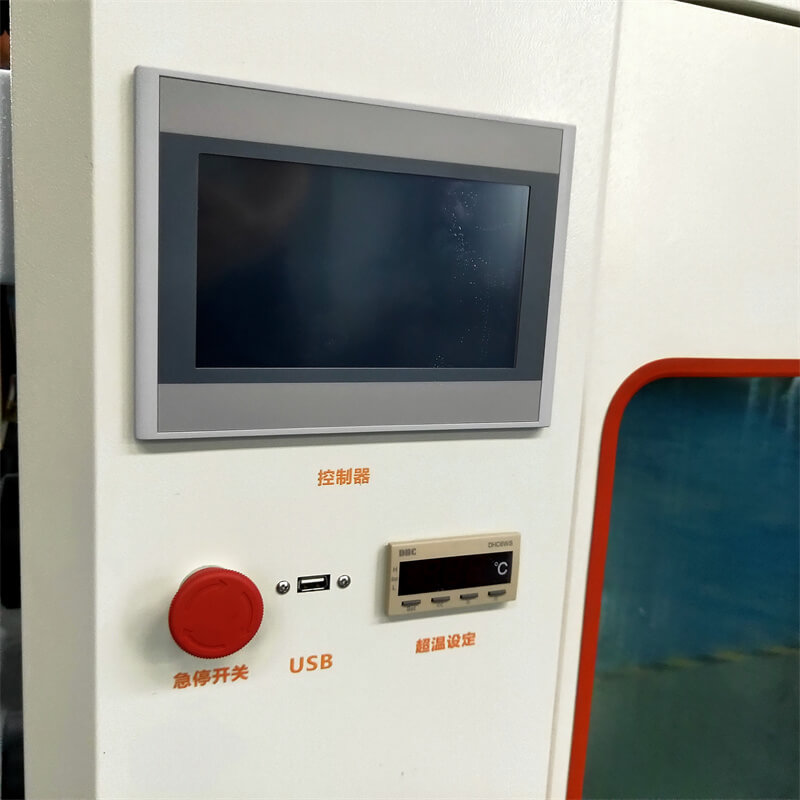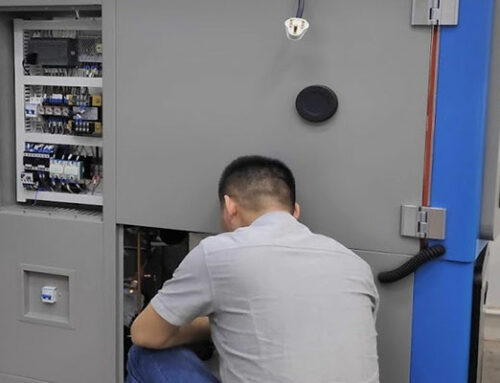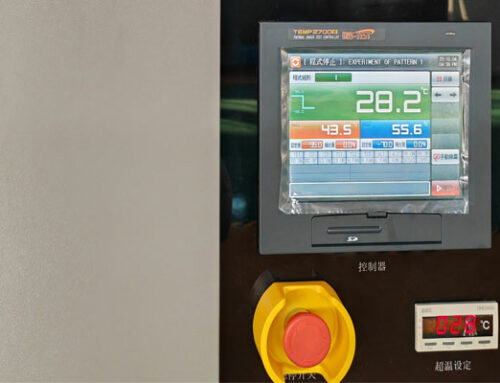In today’s technologically driven world, optoelectronic components power a wide array of devices, from consumer electronics to advanced military systems. However, to ensure these components perform reliably over time, rigorous reliability testing is essential. Let’s delve into the critical tests optoelectronic components undergo to guarantee their functionality in various applications.
1.What does the mechanical test project include in Optoelectronic Components Reliability Testing?
- Mechanical Shock: Determine whether optoelectronic devices can be used in electronic equipment that requires moderate to severe shock during handling, transportation, or sudden force or severe vibration during field use.
- Frequency Vibration: Determine the effect of vibration within the specified frequency range on the components of optoelectronic devices.
- Thermal Shock: Determine the resistance and effects of optoelectronic devices to sudden temperature changes.
- Insertion and Extraction Durability: Determine whether the insertion and extraction of optical fiber connectors of optoelectronic devices meet the requirements for repeatability of parameters such as optical power, loss, and reflection.
- Storage Test: Determine whether optoelectronic devices can withstand transportation and storage under high and low temperatures.
- Temperature Cycling: Determine the ability of optoelectronic devices to withstand extremely high and low temperatures, as well as the effects of alternating between extremely high and low temperatures on optoelectronic devices.
- Constant Damp Heat: Determine whether sealed and unsealed optoelectronic devices can withstand specified temperature and humidity simultaneously.
- High Temperature Life: Determine the high-temperature accelerated aging failure mechanism and service life of optoelectronic devices.
2. What does the accelerated aging test include in Optoelectronic Components Reliability Testing?
Accelerated aging tests in Optoelectronic Components Reliability Testing include applying high temperature, high humidity, and a certain driving current to optoelectronic devices. Based on the results of the tests, it is determined whether the optoelectronic devices retain functionality or fail, whether they are accepted or rejected, and adjustments to the operating conditions of the devices can be made while calculating reliability.
- High Temperature Accelerated Aging: This involves subjecting the devices to the most basic environmental stress of high temperature during accelerated aging. Selected parameters should be monitored regularly throughout the experiment until degradation exceeds the termination of life.
- Constant Temperature Test: Similar to high-temperature operation tests, the number of samples for constant temperature tests and the allowed number of failures should be specified.
- Temperature Variation Test: In this test, temperatures are gradually increased in sequence (e.g., 60°C, 85°C, and 100°C) for accelerated aging.
- Temperature Cycling: In addition to serving as an environmental stress test, temperature cycling can also accelerate aging in optoelectronic devices.
The purpose of accelerated aging through temperature cycling is generally not to induce degradation in specific performance parameters but to provide additional information on the long-term mechanical stability of the optical paths encapsulated within the components.
3. What are some common screening items used in Optoelectronic Components Reliability Testing?
3.1 High Temperature Storage
Most failures of electronic components are caused by various physical and chemical changes inside and on the surface, which are closely related to temperature. With increasing temperature, the rate of chemical reactions accelerates significantly, leading to an accelerated failure process. This enables defective components to be promptly exposed and removed.
High-temperature screening is widely adopted in semiconductor devices, effectively eliminating devices with failure mechanisms such as surface contamination, poor bonding, and defective oxide layers. Typically, storage is conducted for 24-168 hours at the highest junction temperature.
High-temperature screening is simple, inexpensive, and can be applied to many components. It can also stabilize the parameter performance of components after high-temperature storage, reducing parameter drift during use. Proper selection of thermal stress and screening time for various components is essential to avoid introducing new failure mechanisms.
3.2 Power Aging
During screening, under the combined action of thermal and electrical stress, various potential defects inside and on the surface of components can be effectively exposed. It is an important item in reliability screening.
Various electronic components are typically aged for several hours to 168 hours under rated power conditions. Some products, such as integrated circuits, cannot have their conditions changed arbitrarily, but operating at high temperatures to increase the junction temperature can induce high-stress states. The electrical stress for various components should be appropriately selected, equal to or slightly higher than rated conditions, but should not introduce new failure mechanisms. Power aging requires specialized test equipment, which is expensive, so the screening time should not be too long. For civilian products, it is usually a few hours, while military high-reliability products can choose 100-168 hours, and aerospace-grade components can undergo cycles of 240 hours or even longer.
3.3 Temperature Cycling
Electronic products encounter different environmental temperature conditions during use. Under the stress of thermal expansion and contraction, components with poor thermal matching performance are prone to failure. Temperature cycling screening utilizes the thermal expansion and contraction stress between extreme high and low temperatures to effectively eliminate products with thermal performance defects. The common screening conditions for components are -55 to +125°C, cycled 5 to 10 times.
3.4 Centrifugal Acceleration
Centrifugal acceleration testing, also known as constant stress acceleration testing, is usually conducted on semiconductor devices. By applying the centrifugal force generated by high-speed rotation to the device, components with weak bond strength, poor internal lead matching, and poor assembly can be eliminated. Typically, a centrifugal acceleration of 20000g is applied continuously for one minute.
3.5 Vibration and Shock Monitoring
Monitoring electrical performance during vibration or shock tests of products is often referred to as vibration or shock monitoring testing. This test can simulate the vibration and shock environment during product use, effectively eliminating components with mechanical structural defects such as instantaneous shorts or open circuits, as well as soldering defects in the entire assembly. In high-reliability relays, connectors, and military electronic equipment, monitoring vibration and shock are important screening items.
Typical vibration conditions include: frequency of 20 to 200 Hz, acceleration of 2 to 20g, scanning of 1 to 2 cycles, and additional time spent near resonance points. Typical shock screening conditions are 1500 to 3000g, with 3 to 5 shocks; this test is only applicable to components.
Monitoring vibration and shock require specialized test equipment and are expensive, so they are generally not used in civilian electronic products.
In addition to the above screening items, commonly used methods include coarse and fine leak detection, visual inspection, linear discriminant screening, and precision screening.
4. Physical Property Test Items:
Internal moisture, sealing integrity, ESD threshold, flammability, shear force, solderability, and wire bond strength are critical parameters evaluated in physical property tests. These tests assess the components’ resistance to moisture ingress, sealing effectiveness, sensitivity to electrostatic discharge, flammability of materials, structural integrity, solderability, and wire bond strength, ensuring their robustness and safety.
5. Conclusion:
Reliability testing is crucial for ensuring the functionality and longevity of optoelectronic components across diverse applications. By subjecting these components to tests like accelerated aging, mechanical integrity, storage conditions, and physical properties assessment, manufacturers can guarantee their performance. At LinkoTest, we are dedicated to providing comprehensive reliability testing solutions to uphold the quality and reliability of optoelectronic components in various industries.










Leave A Comment